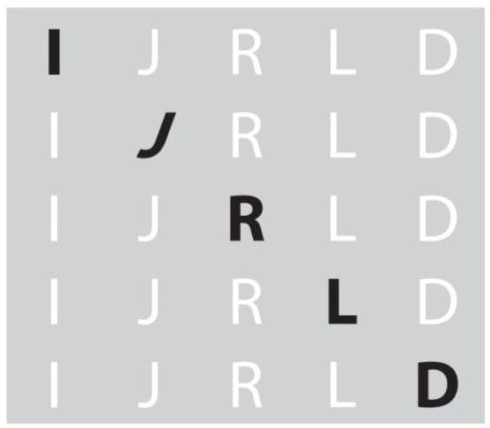Differential Facilitation of Learning Outcomes: What Does It Tell Us About Learning Disabilities and Instructional Programming?1
Abstract
Differential facilitation refers to interventions that influence sample subgroups in different ways. This article discusses the concept of differential facilitation in special education and how it has influenced our characterizations of learning disabilities, from the historical search for disordinal aptitude treatment interactions to the present day. I will review a number of recent investigations undertaken by myself and colleagues involving students with learning disabilities in inclusive classrooms, and re-examine the evidence for differential facilitation of academic outcomes. I will argue that specific psycho-educational treatments, at least in some cases, differentially promote learning for students with learning disabilities. Further, the results of these treatments offer information on the characteristics of learning disabilities, and provide opportunities as well as challenges for inclusive education.
The field of learning disabilities has had a rich and varied history, led and developed in part by researchers and clinicians such as Hinshelwood, Orton, Cruickshank, Gillingham, Fernald, Strauss, Kirk, and Kephart (see Hallahan & Mercer, 2002). Although these earlier efforts, including perceptual and motor training, multi-sensory instruction, and psycholinguistic training, failed to consistently produce reliable learning gains, many of these advocates agreed that intensive, systematic, individualized instruction was an important component for learning success. Hinshelwood (1917, p. 99), for example, maintained, “The first condition of successful instruction in such cases...is that the child must have personal instruction and be taught alone.” Individualized instruction appears sensible for this population, and appears to lead to increased learning; it nevertheless may strongly contrast with later efforts for students with disabilities, including learning disabilities, to receive their instruction in more inclusive settings.
Downloads
Published
Issue
Section
License
Copyright (c) 2023 Thomas E. Scruggs

This work is licensed under a Creative Commons Attribution-NonCommercial-NoDerivatives 4.0 International License.
You are free to:
Share — copy and redistribute the material in any medium or format
Adapt — remix, transform, and build upon the material
for any purpose, even commercially.
This license is acceptable for Free Cultural Works.
The licensor cannot revoke these freedoms as long as you follow the license terms.
Under the following terms:
Attribution — You must give appropriate credit, provide a link to the license, and indicate if changes were made. You may do so in any reasonable manner, but not in any way that suggests the licensor endorses you or your use.
No additional restrictions — You may not apply legal terms or technological measures that legally restrict others from doing anything the license permits.
Notices:
You do not have to comply with the license for elements of the material in the public domain or where your use is permitted by an applicable exception or limitation.
No warranties are given. The license may not give you all of the permissions necessary for your intended use. For example, other rights such as publicity, privacy, or moral rights may limit how you use the material.
